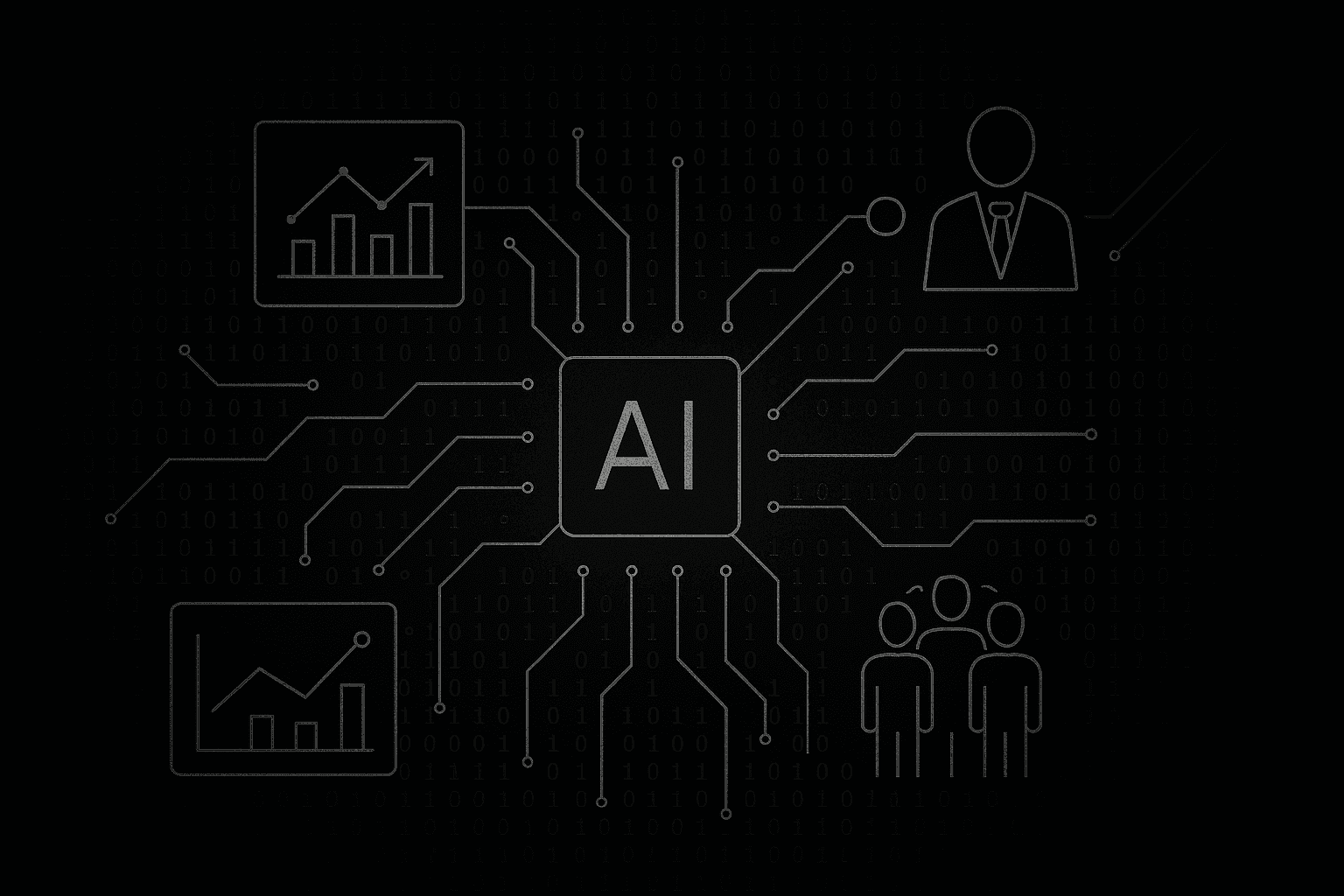Discover the hidden costs of adding AI to your SaaS product from implementation and infrastructure to compliance and ongoing maintenance. Learn what to plan for before integrating AI.

AI is the buzzword on every SaaS founder’s mind and for good reason. From personalized user experiences to predictive analytics, AI integration promises to supercharge software capabilities and set products apart in an increasingly competitive market.
But while the benefits are real, the hidden costs of implementing AI in software development can catch even the most seasoned teams off guard. It's not just about adding a smart feature it impacts your entire product development process.
There are upfront expenses for data, tools, and skilled talent. Then come the long-term costs of maintaining AI infrastructure, handling model updates, and managing operational expenses. You’ll also need to consider legal and ethical concerns, especially with sensitive data.
Adding AI can be a game-changer, but it’s more than just an engineering task, it's a business decision that needs careful planning. Before diving in, understand the full picture and make sure the investment aligns with your goals.
1. Initial AI Implementation Costs
The first wave of expenses hits during AI implementation. Many teams assume they can simply plug in a pre-built model or use a machine learning API, but the reality is far more complex.
Even off-the-shelf solutions often require:
Data preparation and labeling
Model customization and training
Integration with existing backend systems
The cost for AI at this stage includes hiring data scientists, cloud compute costs, and acquiring proprietary datasets. These upfront investments can run into tens or even hundreds of thousands of dollars, depending on the scope and sophistication of the AI you’re building.
What’s more, timelines can stretch. Teams may underestimate the effort required to clean data or tune a model for production use. And if the AI doesn't perform well, you’ll need to go back, retrain, and try again adding to the overall costs. These challenges make it critical to plan and budget carefully before starting any AI project.
2. AI Infrastructure: The Unseen Sinkhole
Once AI is up and running, it needs to live somewhere. That “somewhere” is your AI infrastructure, a set of tools, platforms, and environments to deploy and monitor AI models in production.
This includes:
Scalable cloud storage and compute (think AWS SageMaker, Google Vertex AI)
CI/CD pipelines for ML models
Monitoring and observability tools
Maintaining this infrastructure becomes a major contributor to your operational expenses, especially as your user base grows. What starts as a small ML prototype can become an always-on beast devouring GPU hours and bandwidth.
3. The Complexity Tax on Product Development
Product development technologies have matured over the years, allowing faster iterations and agile delivery. But AI reintroduces complexity.
When AI enters your SaaS product, you’re no longer just building features you're managing:
Non-deterministic behavior (AI models don’t always act the same way)
Model drift and decay
Ethical and bias considerations
This adds overhead to your product development cycle. PMs must learn how to scope AI features. Engineers must learn ML deployment. QA must test probabilistic outcomes.
This complexity can slow down overall velocity, reducing your ability to ship other critical features.
4. Talent Costs in AI and Software Development
Skilled professionals in AI and software development are in high demand and they don’t come cheap.
If you’re adding AI in software development, expect to budget for:
Machine learning engineers
Data engineers
AI product managers
Salaries for these roles are significantly higher than traditional software roles, and there's a steep learning curve if your current team lacks experience. Outsourcing is an option, but managing third-party vendors for AI software development can be risky if you don’t have internal expertise.
5. Regulatory and Ethical Costs
AI is under increasing scrutiny from regulators. Depending on your domain (healthcare, finance, education), implementing machine learning AI could expose you to strict compliance rules like GDPR, HIPAA, or the EU AI Act.
Failing to meet these regulations can lead to hefty fines, legal troubles, and a loss of customer trust. The costs here aren’t just financial, they can also damage your brand and slow down your product.
To stay compliant, you may need to invest in legal advice, privacy audits, and tools that help explain how your AI makes decisions. In sensitive industries, you might also need to prove that your AI is fair, accurate, and free from bias.
All of this adds time, effort, and expense to your AI integration. So before you launch, make sure you understand the rules, and build AI responsibly from the start. It’s better to prevent issues than fix them later.
6. Ongoing Model Maintenance
AI isn’t set-it-and-forget-it. Once your model is deployed, it must be:
Re-trained with fresh data
Tuned for new user behaviors
Audited for fairness and bias
This ongoing work is often underestimated when planning budgets. AI models can lose accuracy over time, especially as user needs and data patterns change. If not updated regularly, they may deliver poor results, which can frustrate users and hurt your product’s reputation.
In a SaaS environment where customer retention is key, bad experiences can quickly lead to churn. And the longer you go without maintaining your model, the harder and more expensive it becomes to fix issues.
You’ll also need a team to monitor performance, manage updates, and ensure the AI is still adding value. These hidden tasks turn AI into a long-term commitment not just a one-time feature. Make sure you plan for the full lifecycle, not just the launch.
Conclusion: Think Before You Integrate
Adding AI to your SaaS product is not just about innovation, it's about long-term commitment. While the promise of AI is exciting, it's crucial to understand the hidden costs: from building and maintaining infrastructure to hiring the right talent and navigating compliance risks.
Before embarking on an AI integration, founders and product teams should ask:
What specific business problem is AI solving?
Do we have (or can we afford) the necessary infrastructure and talent?
What’s the total cost of ownership over 2–3 years?
In short, AI can be transformative but it’s not free, fast, or easy. Invest wisely, plan realistically, and don’t let the hype cloud your judgment.










